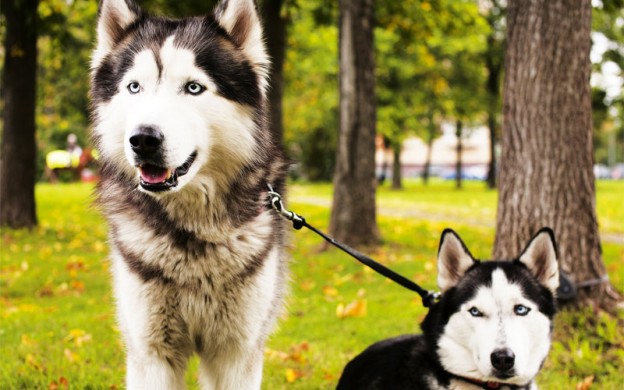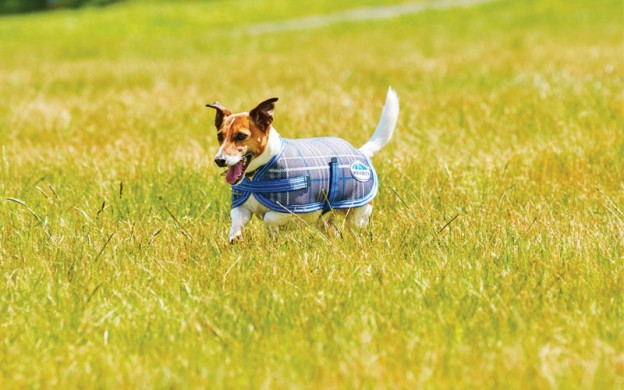
Separation anxiety is one of the most common problems many dog owners have to deal with. Katie Cincotta finds out more about this disturbing condition.
Sometimes it’s whining — long, high howls or short, sharp whimpers — driving your neighbours bonkers. Sometimes it’s frantic ripping at the couch, curtains, toys, or even your dog’s own basket, leaving stu ing strewn all over the room — antics borne of panic at being left alone. Separation anxiety in dogs is one of the most common behavioral issues facing domestic dogs and their owners. It tugs at our heartstrings, leaving many of us desperate for a solution for how to stop the dog from panicking every time you leave the house.
Dr Kate Mornement, an animal behaviourist who runs a consulting practice aptly titled Pets Behaving Badly, says separation anxiety is like an emotional meltdown that anxious dogs experience when they are left at home on their own.
“Separation anxiety happens because the dog is unable to cope with separation, either from its owner or from another canine companion. It’s common in dogs that are overly attached to their owners, in puppies that have not previously been taught to cope with being on their own, and in newly adopted dogs who have had a previous attachment bond broken.”
Just like humans can have a genetic link to anxiety and depression, certain dog breeds are more predisposed to separation anxiety. Dr Kate says research has shown that Cocker Spaniels, Schnauzers and Dachshunds are among the purebreds which commonly suffer from the mental anguish of isolation. Anecdotally, many vets report that Staffordshire Bull Terriers are more prone to separation anxiety, but no current research supports the idea. Which doesn’t stop Staffy owners complaining that despite their robust physique — big chest, strong legs — many Staffies are emotional dogs, fiercely bonded to their family, with a tendency to “talk” and “cry” when cut off from their loved ones, even if it’s just outside or in another room.
The original article was published in DOGSLife issue #140. Subscribe to our magazine here.







